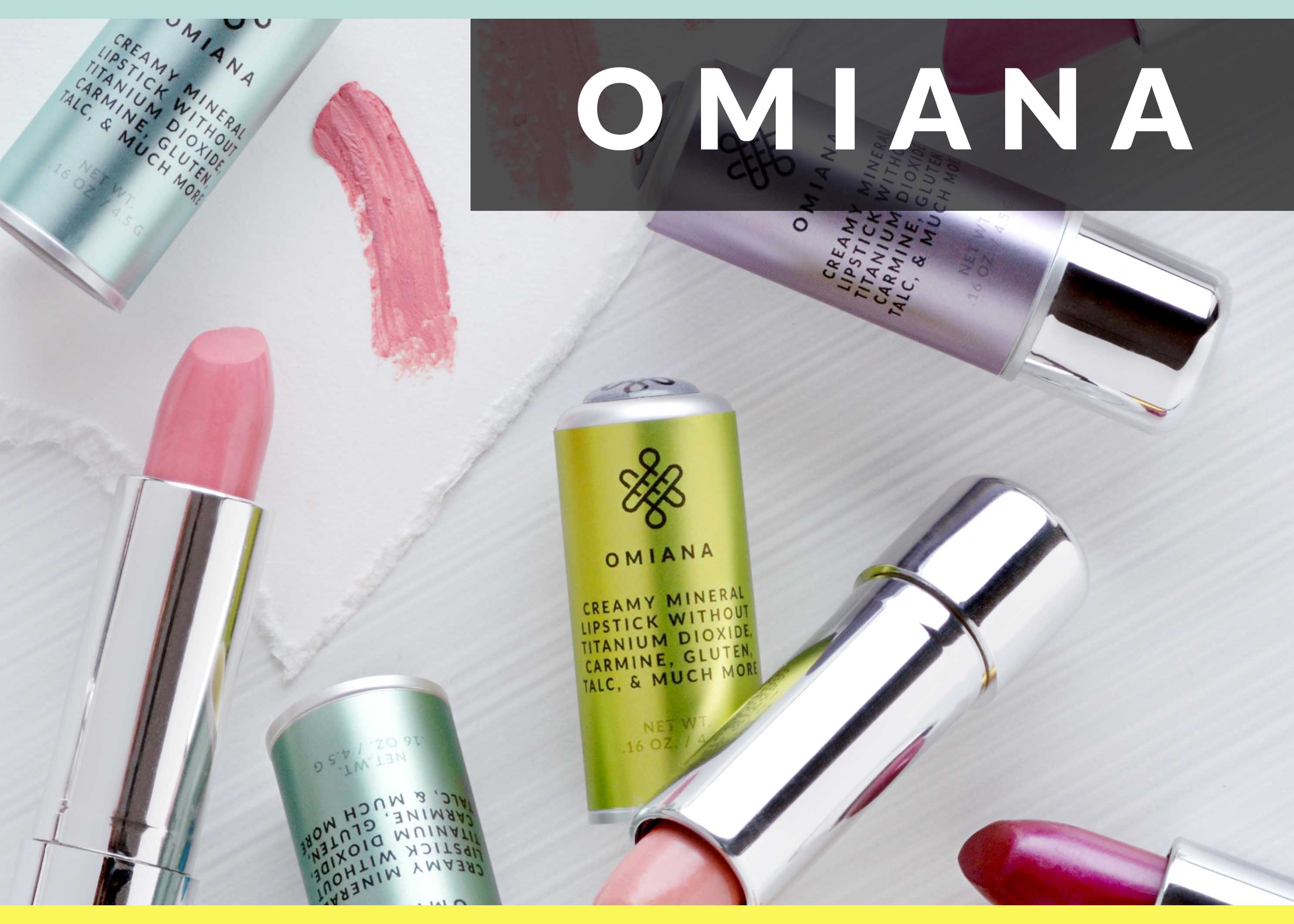By: Cindy Moustafa, B.S., AFAA
 Salads have somehow become the food associated with girls that don’t eat or are dieting. Books such as “Skinny Chicks Don’t eat Salad” have become best-sellers encouraging people that salads aren’t filling enough and will cause you to overeat later. Sure, if you’re eating a bowl that looks like one you used to feed your class rabbit, then it’s probably not full of sustainable energy. But salads are a great, quick way to get an array of vitamins, minerals, anti-oxidants, fiber and protein-if they’re done right. Also, salads can actually help you maintain your weight, especially if you find yourself at a restaurant with no healthy options. Follow these steps to ensure you’re never hungry after the salad bar again.
Salads have somehow become the food associated with girls that don’t eat or are dieting. Books such as “Skinny Chicks Don’t eat Salad” have become best-sellers encouraging people that salads aren’t filling enough and will cause you to overeat later. Sure, if you’re eating a bowl that looks like one you used to feed your class rabbit, then it’s probably not full of sustainable energy. But salads are a great, quick way to get an array of vitamins, minerals, anti-oxidants, fiber and protein-if they’re done right. Also, salads can actually help you maintain your weight, especially if you find yourself at a restaurant with no healthy options. Follow these steps to ensure you’re never hungry after the salad bar again.
- Kick the iceberg to the curb. Use the base of your salad as an opportunity to your dark leafy greens in for the day. For example, arugula, baby spinach or bibb are loaded with vitamins A, C, K, cancer-fighting properties and give a nice taste. Iceberg lettuce, however, has very little taste or nutritional value. Save it for lettuce wraps(or rabbits) instead.
- Pump up the Protein! This is what most salads are lacking. Protein will help you keep you satiated and give you sustained energy for the day. Choose lean protein sources, such as fish, chicken breast or hard-boiled eggs. With fish or eggs, you’ll get the added benefit of omega-3’s, which can help combat a range of disorders such as obesity, Alzheimer’s and inflammation. You can have up to 7 oz. of fish for minimal calories and maximum satisfaction! As an alternative, you can also add beans such as chickpeas, that are full of protein and healthy carbs.
- Embrace the Colors of the Rainbow. As a child, you probably associated this with Skittles, but as an adult you really do need to “taste the rainbow.” Firstly, it makes your salad look so pretty you can’t wait to dive in. Secondly, different colors give you different vitamins and health-boosting effects. For example, red peppers are packed with more vitamin C than an orange and more than 40% of your Vitamin A recommendations. Beets are rich in Potassium which can help regulate blood pressure. Load up on different veggies with different colors to get the most out of your salad.
- Add more Flavor. Another issue with salads is that the can be very bland. By adding some depth of flavor into it, however, your body will feel more satisfied. For example, if you like some sweetness, add 1/2 an orange to your salad, which also goes great with fennel. For something fresh and zesty add cilantro or basil or for something spicy add crushed red pepper. Be creative!
- Get Fat! Yep, you read that right. Too many people are scared that fats will make them fat, but this is absolutely not true. Before you throw caution to the wind and inhale 3 donuts, understand that there is a big difference between GOOD fats and BAD, artery-clogging, Paula-Deen-loving fats. Good fats can actually help combat belly fat and keep you fuller longer. They include foods like Olive Oil, Avocado, and nuts. Add these to your salad to get a good balance or protein and fat.
- Crunch Time! Lastly, add some crunch to your salad as your topping. Nuts are the best way to do this, but you can certainly use homemade pita chips or tortilla chips(gluten-free) to get your crunch on. Just exercise portion control. For example , if you break up 2 chips or half a pita into your salad it’s a lot of crunch for almost no added calories.
The take away message here is that salads can provide real benefits and it’s a shame to stop eating them because of marketing tactics to sell you on other foods. Salad eaters are more likely to get their daily dose of Vitamins C and A, minus the bloated feeling after eating a burger or alleged “healthy wraps” from the deli . I don’t know about skinny chicks, but healthy ones certain eat their salad.
















Leave a Reply